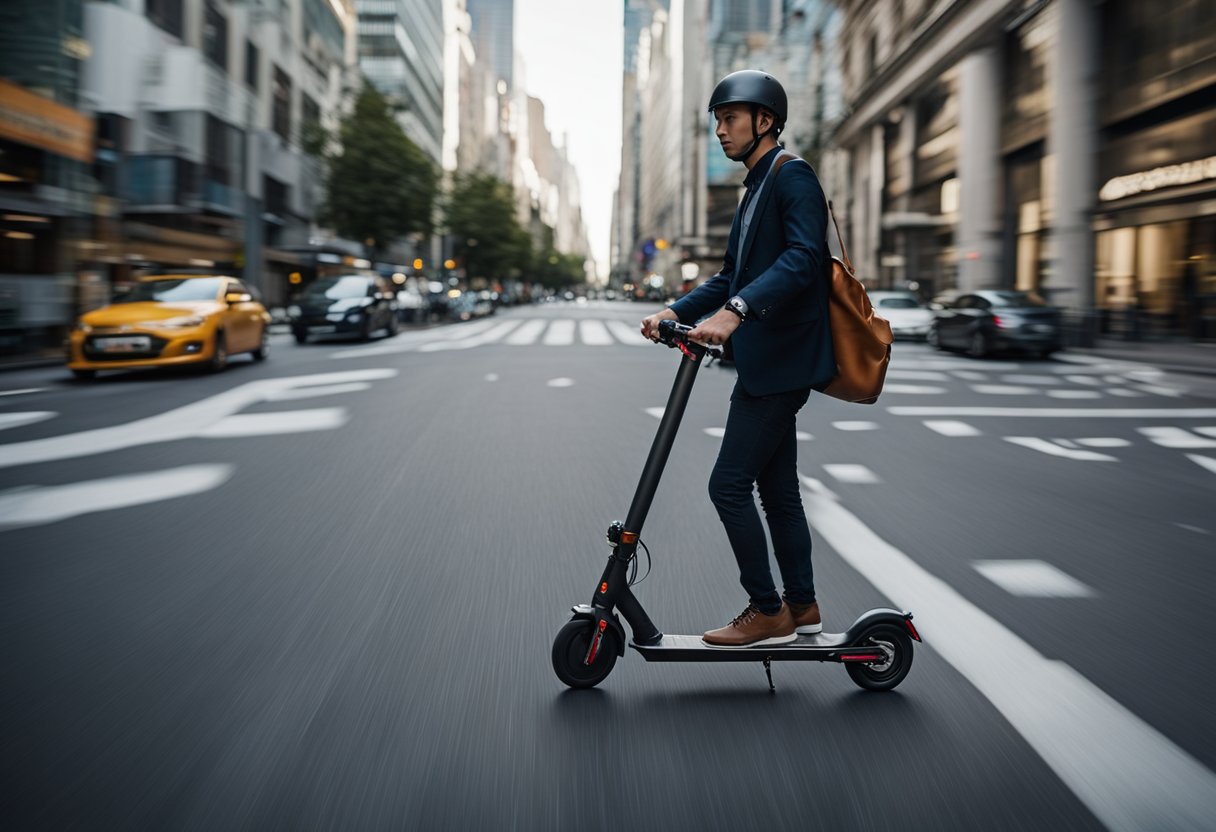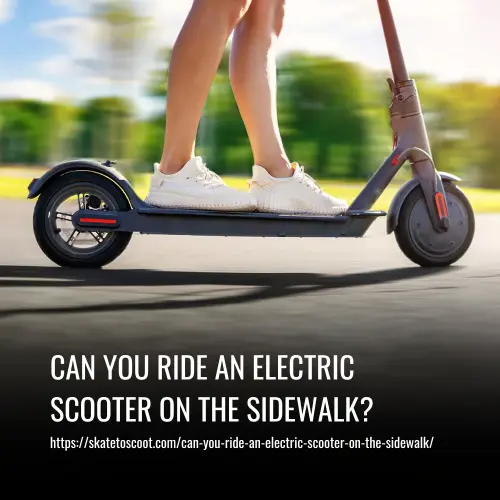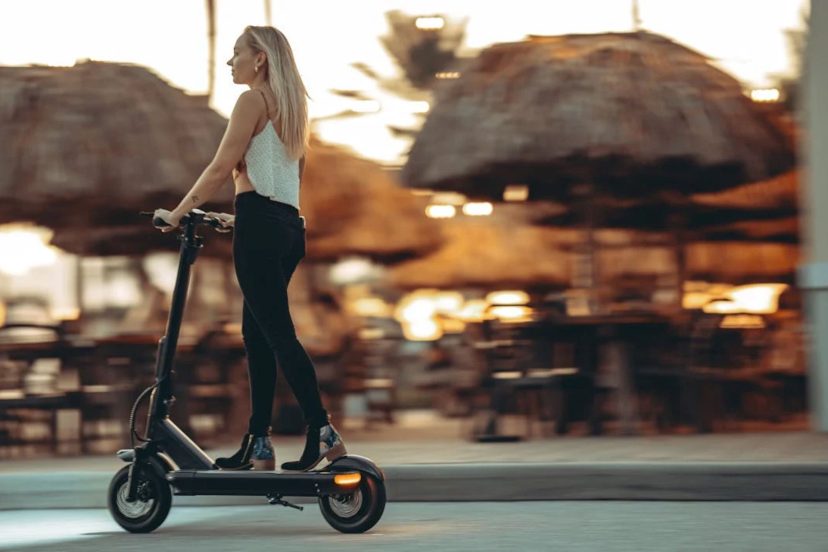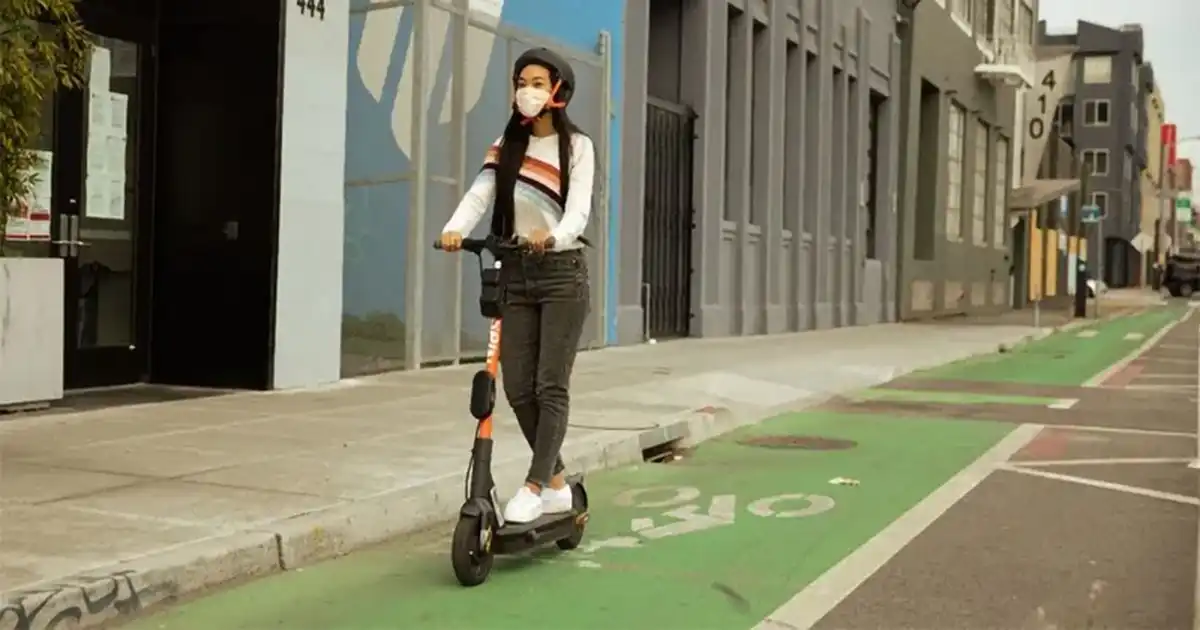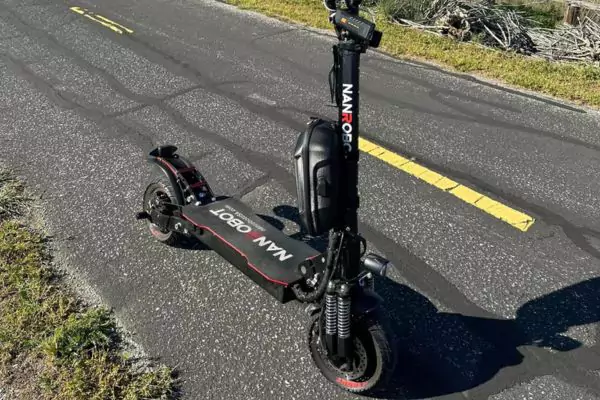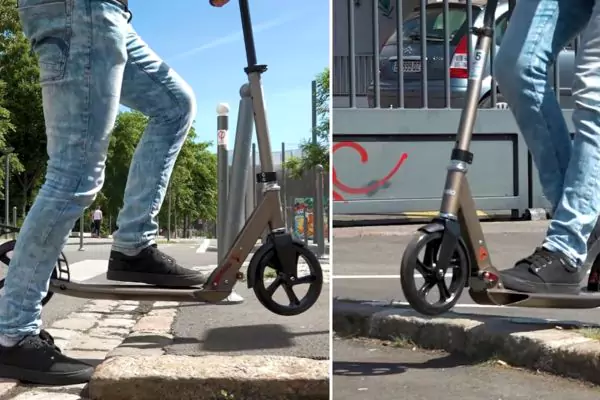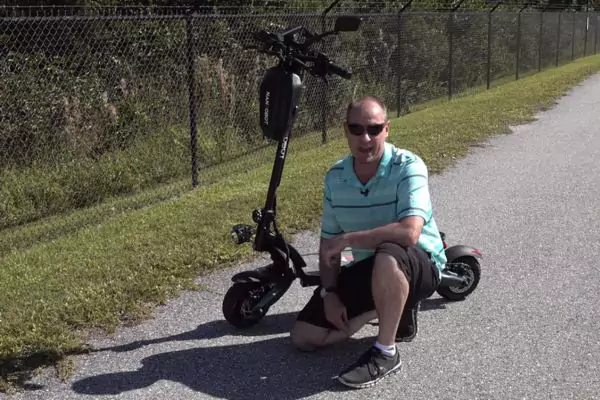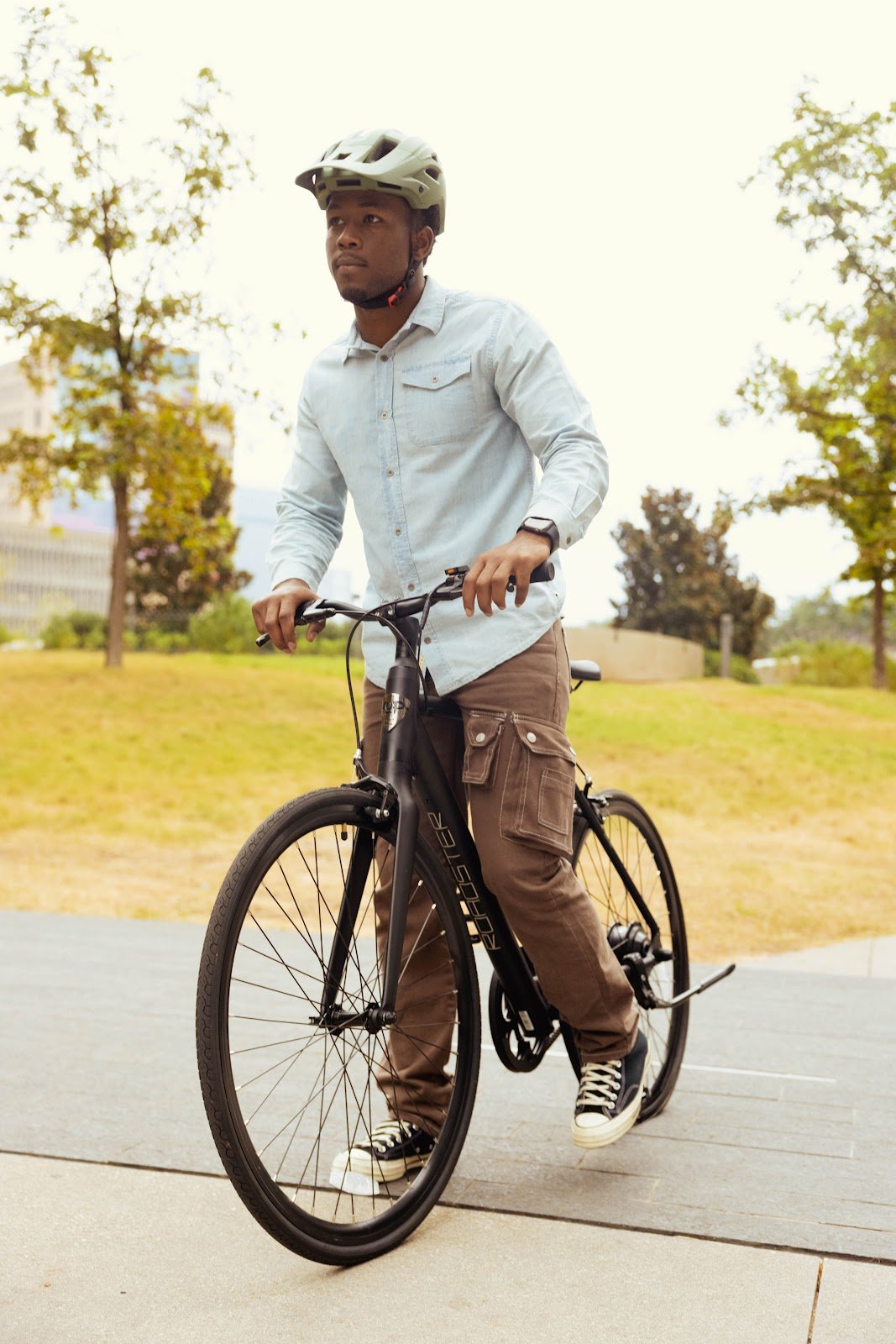Can You Ride An Electric Scooter On The Sidewalk
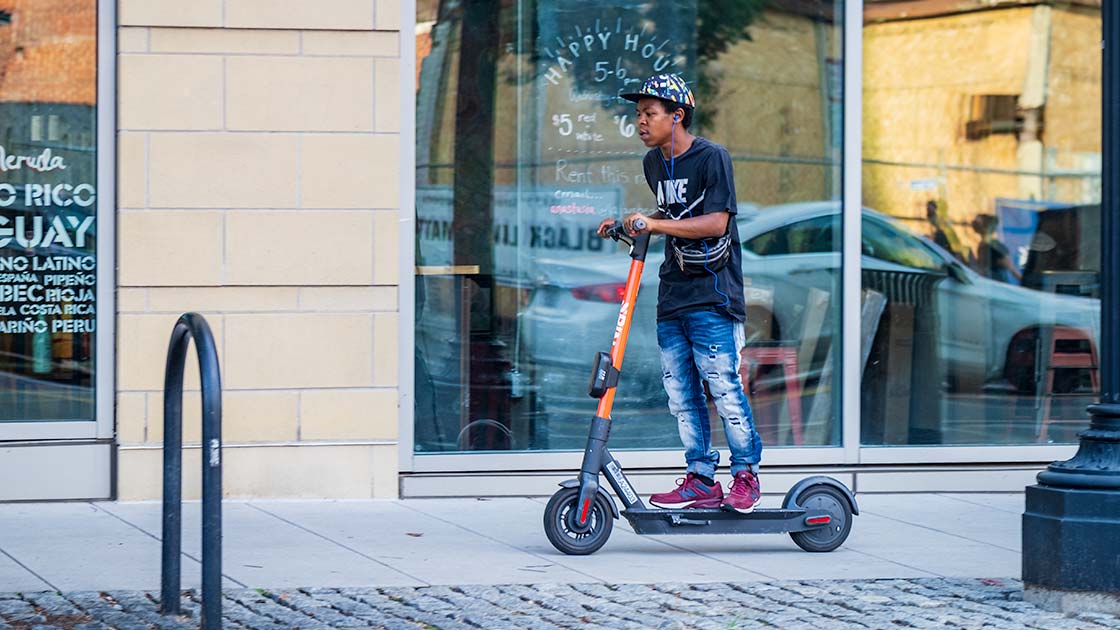
The whirring of electric scooters has become a familiar sound in cities across the nation. But alongside their growing popularity, questions surrounding their legality and safe operation, particularly concerning sidewalk usage, have surged. Can you legally ride an electric scooter on the sidewalk? The answer, it turns out, is rarely a simple yes or no.
The legality of riding e-scooters on sidewalks is a patchwork, varying dramatically from state to state, city to city, and sometimes even neighborhood to neighborhood. This inconsistency creates confusion for riders and pedestrians alike, raising concerns about safety, accessibility, and the future of urban transportation.
The Regulatory Landscape: A State-by-State Breakdown
Understanding the rules requires navigating a complex web of local ordinances. Many states have laws that specifically address e-scooter usage, but often delegate regulatory power to municipalities.
For example, in California, Assembly Bill 1286 allows cities and counties to regulate e-scooter operation, including whether or not they can be used on sidewalks. Some cities, like San Francisco, prohibit riding e-scooters on sidewalks altogether, while others, like Los Angeles, permit it in certain circumstances, such as when there are no bike lanes available.
Similarly, in New York City, electric scooters are generally prohibited on sidewalks. However, there are exceptions, and the laws continue to evolve as the city grapples with integrating these new modes of transportation.
"The key issue is balancing the convenience and accessibility that e-scooters offer with the need to protect pedestrian safety, particularly for vulnerable populations like seniors and people with disabilities," explains Sarah Kaufman, Director of the NYU Rudin Center for Transportation.
In contrast, some states have relatively permissive laws, allowing e-scooter use on sidewalks unless specifically prohibited by local ordinance. This creates a situation where riders must be aware of the rules in each specific area they are traveling through.
Why the Sidewalk Debate Matters
The debate over sidewalk e-scooter use boils down to competing interests. E-scooter advocates argue that sidewalks provide a safer alternative to riding in busy streets, especially where bike lanes are lacking.
However, pedestrian advocates emphasize that sidewalks are primarily intended for foot traffic and that allowing e-scooters creates a safety hazard, particularly for children, the elderly, and individuals with disabilities.
The potential for collisions between e-scooters and pedestrians is a significant concern. Studies have shown that e-scooter related injuries are on the rise, and a substantial portion of these injuries involve pedestrians.
The Human Cost: Stories from the Sidewalk
Maria Rodriguez, a resident of Chicago, shared her experience: "I was walking my dog when an e-scooter came speeding around the corner and nearly hit me. I have mobility issues, and it would have been very difficult for me to get out of the way."
David Miller, a student in Austin, Texas, expressed a different viewpoint. "I use e-scooters to get to class because there aren't many bike lanes near my apartment. Riding on the sidewalk feels much safer than riding in the street with cars."
These contrasting experiences highlight the complexities of the issue and the need for solutions that address the concerns of all stakeholders.
Finding a Path Forward: Towards Safer Streets
Addressing the challenges of e-scooter integration requires a multi-faceted approach. Improved infrastructure, such as dedicated bike lanes and protected pathways, is essential to providing safer alternatives to sidewalks.
Clear and consistent regulations are also crucial. Cities need to establish clear rules about where e-scooters can be used, speed limits, and helmet requirements, and they need to effectively communicate these rules to riders.
Enforcement is another key component. Regular patrols and the issuance of citations for violations can help deter unsafe behavior and ensure that riders comply with the rules.
Education is equally important. E-scooter companies and local governments should invest in rider education programs to promote safe riding practices and raise awareness of local regulations.
Technology can also play a role. Some e-scooter companies are using geofencing technology to automatically slow down or disable scooters in designated pedestrian zones.
The Future of Urban Mobility
E-scooters are likely here to stay, and their role in urban transportation will only continue to grow. But to ensure their safe and sustainable integration, cities must address the challenges of sidewalk usage and create a regulatory framework that prioritizes the safety and accessibility of all users.
The ongoing debate surrounding e-scooters on sidewalks underscores the need for a broader conversation about the future of urban mobility. As cities become more densely populated and new modes of transportation emerge, it is essential to create streets that are safe, accessible, and equitable for everyone.
Only through thoughtful planning, effective regulation, and a commitment to safety can we harness the potential of e-scooters while protecting the rights and well-being of all members of the community.
